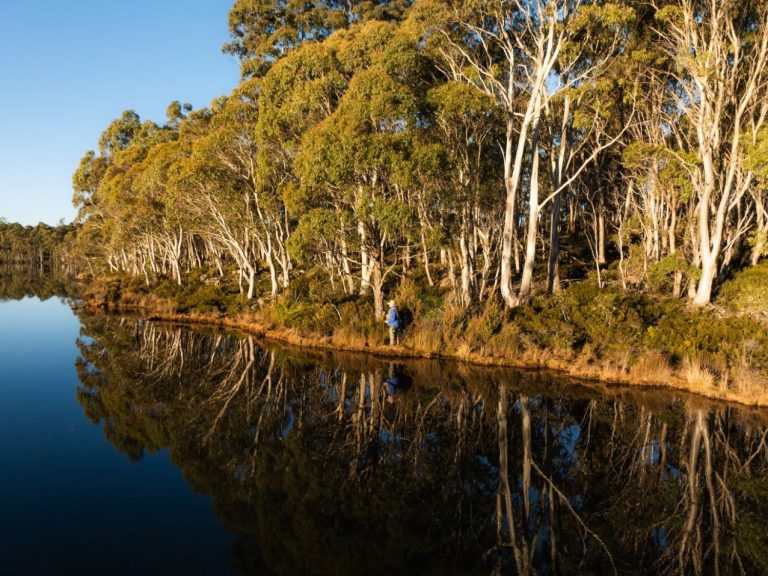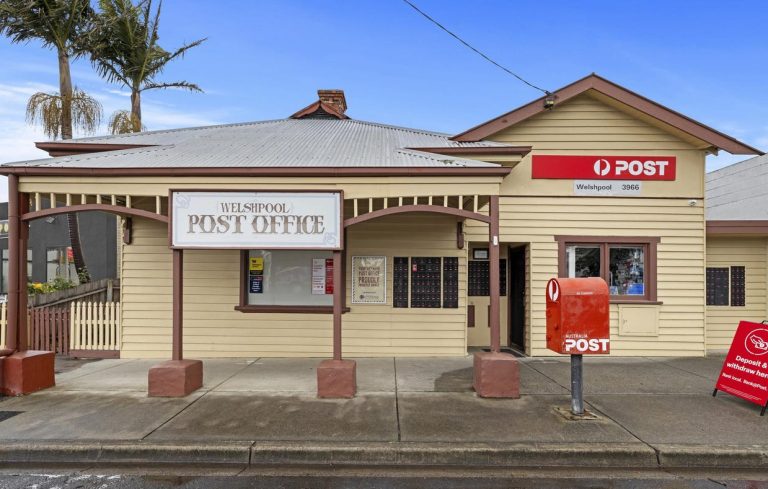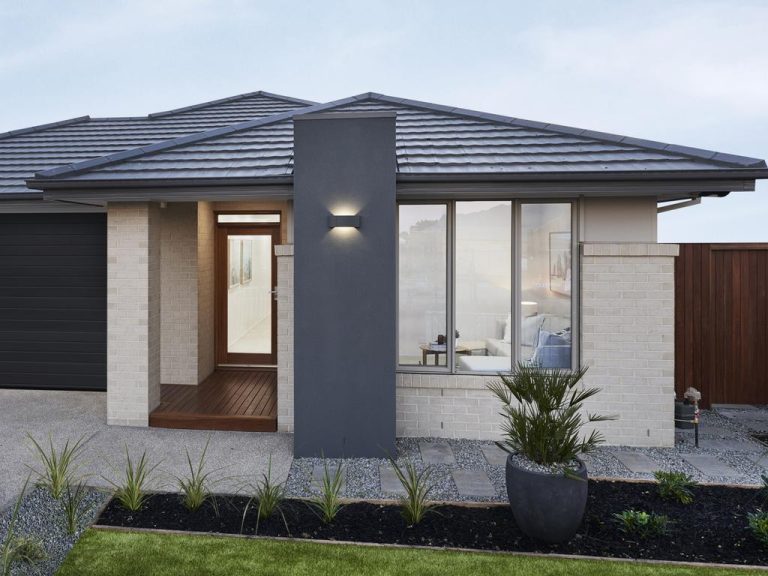Stockland boss predicts longer-term shift to suburbia

Stockland chief executive Mark Steinert believes there will be a longer-term shift to suburbia, benefiting the land estates that the country’s largest listed residential developer sells and the entire metropolitan economy, which he predicts will rise on the back of a move away from central business districts.
The outgoing chief executive believes the coronavirus pandemic has wrought more permanent changes to economic activity, with three day in-office working weeks and a greater focus on lifestyle driving changes in the way cities operate and putting less pressure on existing infrastructure.
Mr Steinert said there had been a spike in people coming into cities but the crisis had brought recognition that major growth corridors were closer than previously realised to suburban employment hubs.
“People don’t expect to work in the office every day in the future. Most people expect to have probably three days a week in an office — that’ll be more focused on collaboration and customer engagement — and then deep individual work probably done at home or in a third space,” he said.
He predicted a transfer of economic activity from the CBDs even as they make a steep recovery. “A lot of it’s going to come back but at least 10 to 20% will stay in the metropolitan area.”
The Stockland view is in stark contrast to more traditional office-focused companies that are punting on a return to city buildings, which are being pitched as being renewed and taking on a healthier hue.
Mr Steinert’s views are backed by where the money is heading in the recovery from the coronavirus crisis, with more pouring into outer suburban housing estates and their surrounding economies, including office parks in suburbs, as corporate Australia shifts from a model focused on CBDs.
Working from home also boosted suburban town centres, which would have flexible workspaces alongside health precincts and education facilities. Newer kinds of properties like dark kitchens and last mile delivery centres would also be a feature, he said.
“We can see a lot more focus and interest in those areas from retailers as they are looking to scale up and take advantage of the growth that’s occurred in online,” Mr Steinert said, with companies looking to digitise their supply chains and using smaller hubs to hold stock closer to customers.
“A lot of supermarkets are looking at creating some smaller warehouses because their supply chains got challenged during lockdown in Victoria,” he said. Stockland’s shopping centres are already recovering ahead of CBD-focused rivals, with Queensland back to pre-COVID levels and Sydney within 5%.
The shift also has longer-term implications for retail as town centres in local areas would take on greater importance, while CBD retail would be more leveraged to remaining white collar workers and flows of business people and international tourists once borders were fully open in coming years.
Shifting to a more “normalised” spread of economic activity cut the burden on infrastructure and permitted a shift to a more efficient economy, he said.
“It’s accelerated the change that was probably going to take a decade (and) has now happened in a matter of months,” Mr Steinert said.
He was bullish about a residential recovery, even in Melbourne, where demand remained high and inquiry levels were back at pre-COVID levels.
Housing forecasters have also turned more positive on the market and people are also demanding more space, and chasing houses. “I think those things are going to be a more permanent change,” he said.
Mr Steinert is a strong believer that Australia will be able to attract top talent from international markets, particularly due to its strong performance in public health during the crisis.
He envisaged that professionals would seek out Australia as a home and international students would return sooner than expected.
The opening up of international borders was the next big move with domestic tourism playing an important role in the meantime, adding to demand from thousands of returned Australians.
This article originally appeared on www.theaustralian.com.au/property.







